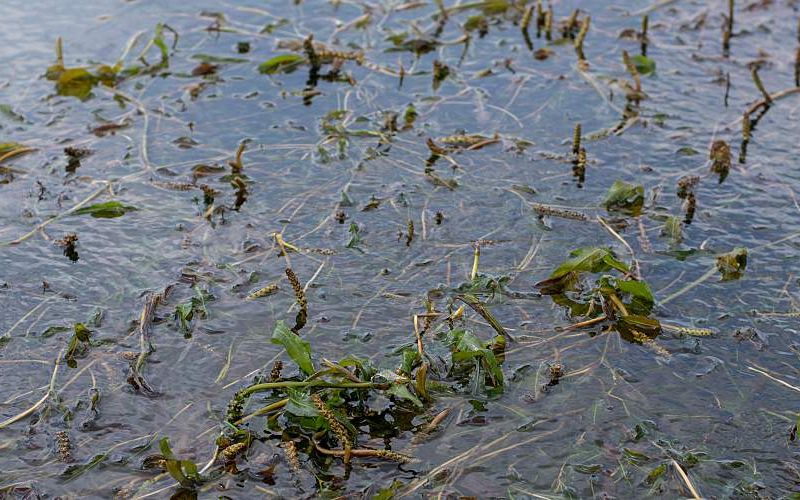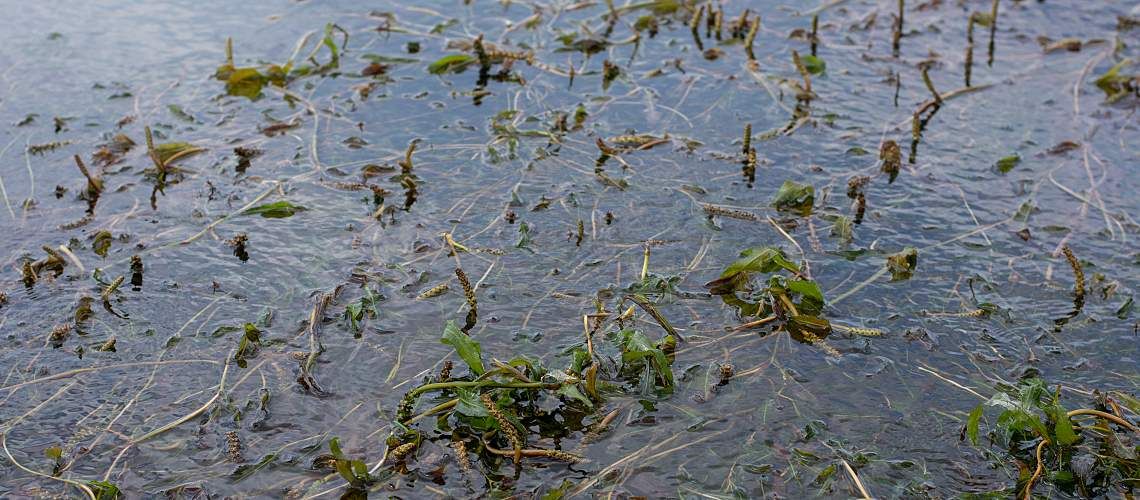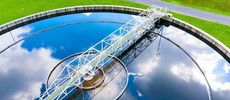The Growing Impact of Invasive Species on Water Quality


In December 2022, U.S. Senators Sherrod Brown (D-OH) and Rob Portman (R-OH) announced the signing into law of their bipartisan legislation to protect and improve water quality in the Great Lakes. The Aquatic Invasive Species Control Act addresses the adverse impacts of invasives by expanding the Aquatic Plant Control Program.
Water test laboratories and wastewater treatment plants must deal with the negative effects of invasive species—both aquatic and terrestrial, plant and animal—on freshwater quality. But what exactly are invasive species, and how do they affect freshwater quality and water infrastructure? Perhaps most importantly, how can water labs and facilities prevent negative impacts before they occur?
Here are the answers to some frequently asked questions about invasive species.
What Are Invasive Species?
Invasive species are nonnative (or alien) to the ecosystem they enter. The introduction of these alien species often causes "economic or environmental harm or harm to human health," according to the National Invasive Species Information Center.
How Do Invasive Species Spread?
Biological invasions by species, even native ones, aren't uncommon. But through globalization, the species that live in different ecosystems far apart are being transported to other ecosystems, becoming increasingly uniform. This can contribute to the collapse of an ecosystem's plants and animals when invasive species outcompete natives for food, light, prey, and habitat. For instance, the invasive aquatic plant hydrilla—which is a focus of the Aquatic Invasive Species Control Act—disrupts water flow, hampers drainage, and decreases dissolved oxygen in water, harming aquatic life.
Humans help accelerate the many ways that invasive species spread. For example, species can spread through:
- Ballast water in ships
- Boat and trailer movement among water bodies
- Wheeled vehicles crossing ecosystems
- Airplanes
- Cargo and mail deliveries
- Aerial deposition of water during firefighting
- Hiking boots
- Livestock
- Fishing equipment including waders
In other words, any time a species clinging to something hitches a ride to a new ecosystem, there is a risk for invasion.
How Do Invasive Species Impair Water Quality?
Invasive species disturb and degrade the environment, which leads to marked decreases in water quality. Both declining diversity and abundance of species—and characteristics of specific species that live within or near aquatic environments—impact water quality. That makes management actions taken to control these plants and animals crucial.
In particular, plants can decrease water flows and nutrient transportation. They can also increase runoff and erosion leading to hyper-eutrophication (the loss of so much dissolved oxygen that native aquatic life dies off). As an example, increased runoff and soil instability from loss of native ground cover and increased invasive vegetation have degraded water quality in the Mackinaw River Watershed in Michigan.
How Do Invasive Species Impact Water Infrastructure?
Invasive species also undermine water infrastructure throughout the country, costing billions of dollars in economic and ecological impacts for state and local governments. For instance, quagga and zebra mussel infestations threaten agriculture, navigation locks, hydropower, and outdoor recreation. Rural communities and those that depend on tourism are especially susceptible, with annual operating costs increasing to protect the water infrastructure.
Aquatic invasive species can harm water systems in a variety of ways, leading to:
- Clogged pipes that decrease water flows for drinking water and agriculture
- Loss of species and introduction of disease in fisheries
- Choked and congested waters and undermined levees
- Fouling of recreational waters with plants and animals
- Altered hydrology that stresses aquatic organisms and alters chemical and physical attributes
How Can You Help Control Invasive Species?
Princeton Hydro recommends the following steps to help curtail the spread and impact of invasive species.
Reduce the Spread
Never move water, fish, plants, or aquatic life from one place to another and especially not from one water body to another. Wash your gear and watercraft before and after a trip, and never release aquarium fish or plants, live bait, or exotic animals into the wild.
Monitor Ecosystems
Lake or watershed managers often conduct surveys to identify invasive species already in an ecosystem, determine which may be a problem, and identify a watershed's vulnerable areas. Lab technicians who take samples are in an ideal position to help monitor for invasive species.
Document and Report Invasive Species
If you identify invasive species in your area, report sightings to your county extension agent or land manager. Local watershed organizations can also develop stewardship plans to protect natural resources and the long-term health of open spaces, forest habitats, wetlands, and water quality in the community.
Spread the Word
Education is essential to stop the spread of invasives. Use your website, newsletter, and virtual or in-person meetings to communicate with your community. Share the hazards and environmental and economic impacts of invasive species and how they can protect local water resources.
Water test labs and wastewater facilities can play a key role in helping to identify, monitor, and reduce the spread of invasive species, preventing negative impacts and maintaining high-quality water supplies.






